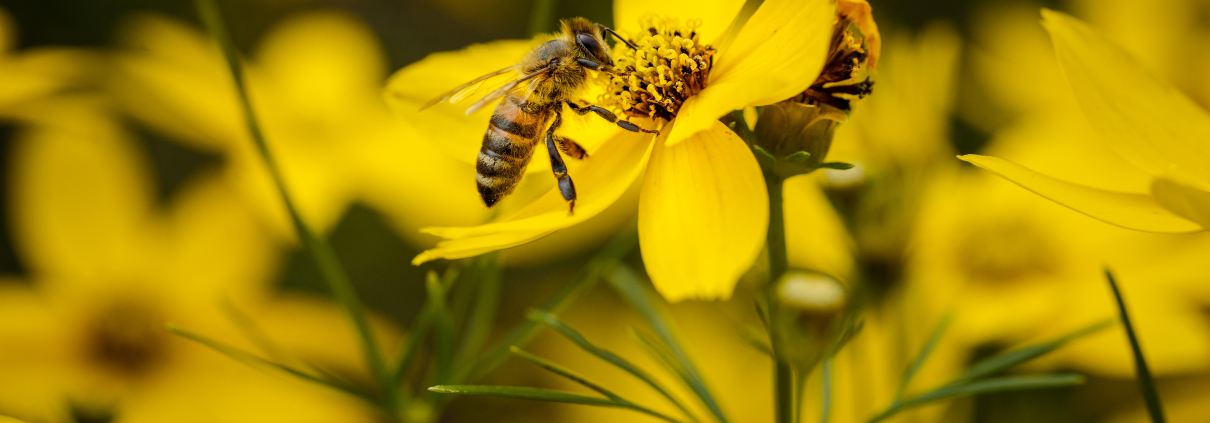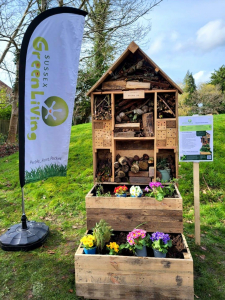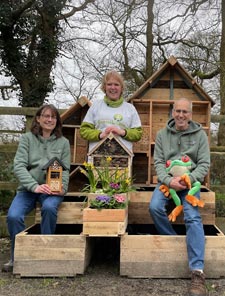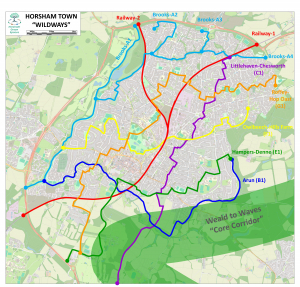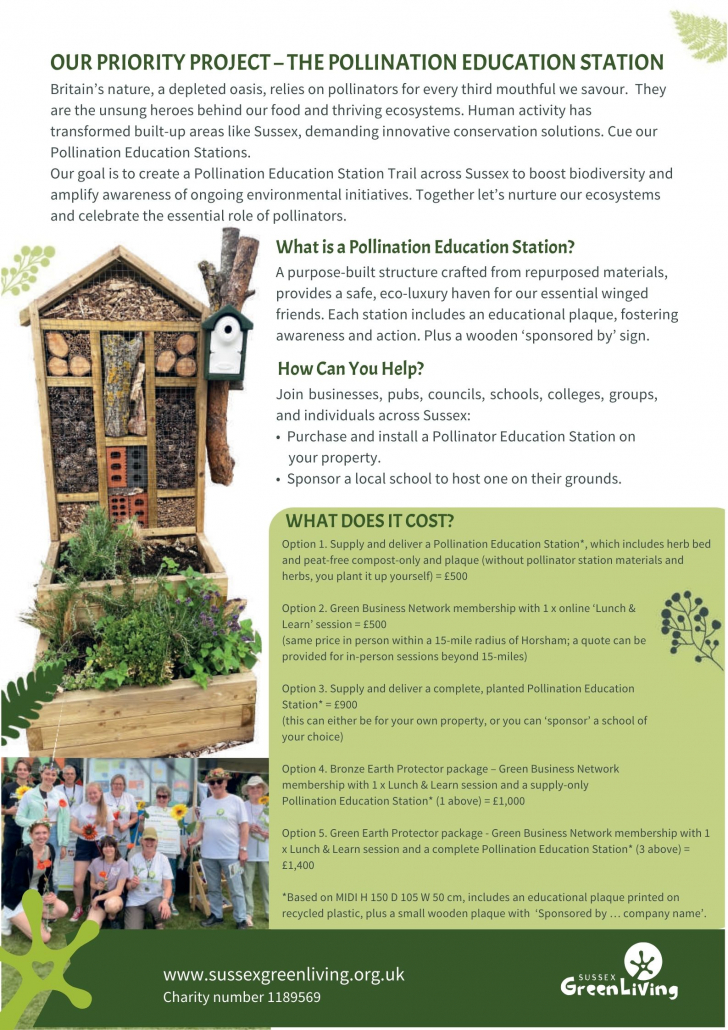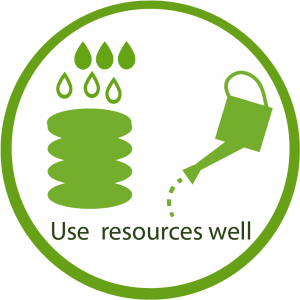Renature with a Pollination Education Station
Britain’s nature, a depleted oasis, relies on pollinators for every third mouthful we savour – the unsung heroes behind our food and thriving ecosystems. Human activity has transformed built-up areas like Sussex, demanding innovative conservation solutions.
Below you can learn what you can do to help nature in your garden and through shopping choices. However we are really excited to share our exciting 2024 renature project with you. Cue our Pollination Education Stations.
Our goal is to create a Pollination Education Station Trail across Sussex to boost biodiversity and amplify awareness of ongoing environmental initiatives. Our Pollination Education Station Trail will help connect our fragmented landscape, provide habitats for pollinators, nectar and pollen and herbs for the local community. This project supports the aims of the Weald to Waves network who are forming a 100 mile nature recovery corridor in Sussex. South Downs National Park Bee Line project and Horsham Green Spaces in Horsham town their exciting new Wildways Project. All working together to help join up the dots.
Together, let’s nurture our ecosystems and celebrate the essential role of pollinators.
What is a Pollination Education Station?
A purpose-built structure crafted from repurposed materials, provides a safe, eco-luxury haven for our essential winged friends. Each station includes an educational plaque, fostering awareness and action everyone can take in their gardens and community.
How Can You Help?
Join businesses, pubs, councils, schools, groups, and individuals across Sussex:
- Purchase and install a Pollinator Education Station on your property.
- Sponsor a local school to host a station on their grounds.
- Businesses – we are offering these Pollination Education Stations as part of our Green Business Network. Learn more here.
- Some communities may choose to make their own Pollination Education Station or ask their local Men’s or Community Shed to make one, that is great, but please do contact us about adding your Pollination Education Station to our trail and the Weald to Waves map. We ask that you add one of our educational plaques to your ‘station’, this provides ideas for action people can take in their gardens or community and directs them to our site to learn about solutions to the climate and nature crisis.
WHAT DOES IT COST?
You can choose from two sizes and two different packages depending on whether you would like us to supply an ‘off the shelf’ pre- stuffed and planted Pollination Education Station or one which your community can forage, stuff and plant as part of a community team building event. See the flyer below for prices and options.
You can learn about our wider Green Business Network package here.
Shows the MAXI and MIDI size options for our Pollination Education Stations
Learn about our Green Business Network, download and share
Flyer showing how businesses, councils and schools can get involved in our Pollination Education Station, download and share

